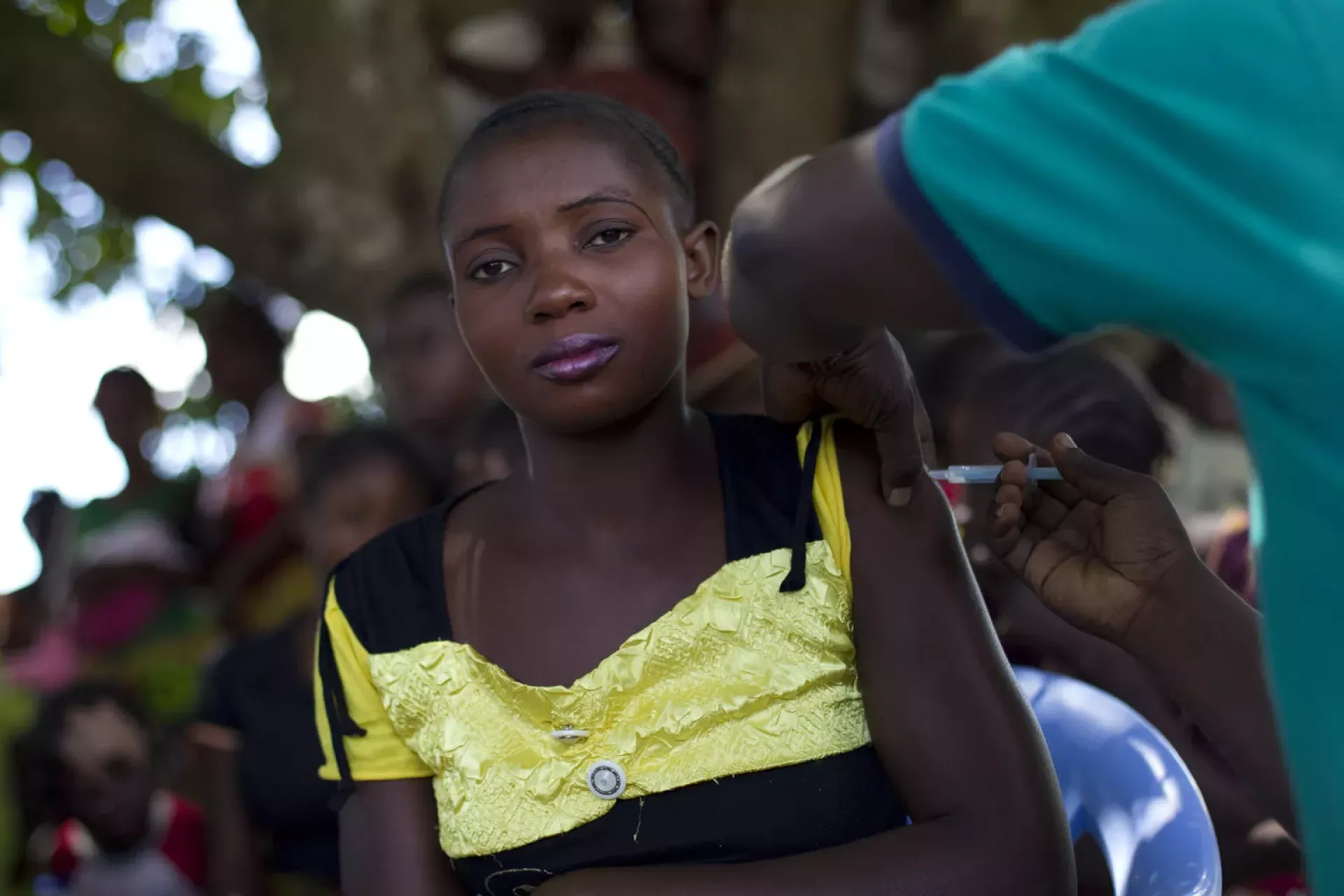Adolescent and adult tetanus-containing vaccines: market and supply update – December 2023
This update includes information on global supply, and demand and pricing trends and highlights the transition from tetanus toxoid to tetanus-diphtheria.

Highlights
This update provides information on adolescent and adult tetanus-containing vaccines, including global supply, demand and pricing trends, and highlights the transition from tetanus toxoid to tetanus-diphtheria.
Summary:
Tetanus is a serious illness contracted through exposure to the spores of the bacterium, Clostridium tetani. The bacteria can enter the body through deep cuts, wounds or burns affecting the nervous system. The infection leads to painful muscle contractions.
Diphtheria is an infection caused by the bacterium Corynebacterium diphtheriae. In severe cases, the bacteria produce a poison (toxin) that causes a thick grey or white patch at the back of throat. This can block the airway making it hard to breathe or swallow and create a barking cough. The toxin may also get into the blood stream causing complications, inflammation and damage of the heart muscle, inflammation of nerves, kidney problems, and bleeding problems.
UNICEF procures adolescent and adult tetanus-diphtheria containing vaccines (TdCV) for use in routine immunization (RI) as well as in campaigns supporting Maternal and Neonatal Tetanus Elimination (MNTE), and adult diphtheria prevention. This note provides updated market information on adult TdCV (Td, Tdap, Tdap-IPV).
The UNICEF/WHO/UNFPA partnership and the Strategic Plan 2018–2020 sought to ensure that at least 53 countries were validated as having eliminated maternal and neonatal tetanus (MNT) by 2020.4 As of November 2023, 47 countries out of 59 at risk have eliminated MNT.
UNICEF, WHO and UNFPA are finalizing their Strategic Plan - Post 2020 for Achieving and Sustaining Maternal and Neonatal Tetanus Elimination (MNTE). The objective is to achieve MNTE in all 12 remaining countries and, subsequently, to ensure that MNTE is sustained in all countries.
Following outbreaks of diphtheria, WHO has recommended replacing TT vaccine with Td vaccine for a double protection. From 2014 to 2022, with the transition from TT to Td, the demand for Td vaccine through UNICEF multiplied six times. Despite the increased demand of Td vaccine, there is sufficient market supply to meet the demand.
The tetanus-containing vaccines market is a healthy market with worldwide fifteen manufacturers of Td vaccine and five WHO prequalified vaccines. The WHO prequalified manufacturers have a combined production capacity for Td vaccine of 500 million doses annually.
In 2022, the tetanus containing vaccine (TCV) global demand across all vaccines was approximately 355 million doses. The global demand for Td vaccine was 316 million doses, approximately 90 per cent of the total demand for TCV. The demand of Td vaccine through UNICEF is, approximately, 40 per cent of the global demand (130–140 million doses).
In 2022, UNICEF established long-term arrangements (LTAs) with four manufacturers for the supply of Td vaccines, in 10 and 20 dose vial presentations, to cover the supply period 2023–2027.
In 2023, UNICEF together with Td vaccine suppliers, has been able to secure the required capacity to respond to a diphtheria outbreak in West Africa. Moving forward, continuous monitoring and support




